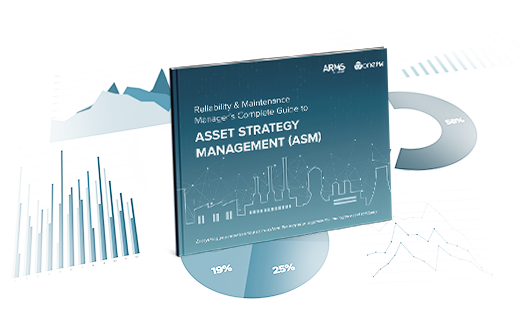For most businesses today, culture has evolved far beyond mission statements and values to include initiatives that build organizational capability and shape the way business gets done.
These initiatives, like setting values-based KPIs and rewarding performance, are also what strengthen culture and make it sustainable.
Similarly, if you want to create a sustainable reliability culture, it requires dedicated initiatives, processes, and technology to build on your current capabilities. The hardest part is getting the foundations right which is why we’ve prepared a checklist of the foundational elements to set your team up for success.
1. Make reliability a process
Too often reliability is treated as a project. A reliability manager is brought in to set a strategy or fix a specific problem, and in some cases, might be tasked with implementing new systems. The problem is that their objectives are often short term, like updating asset maintenance plans in SAP. There is far less concern paid to what happens next, including ongoing compliance monitoring and continual proactive improvement of the maintenance plans.
This is why reliability should be managed as a process rather than a project.
Process-driven reliability ensures that strategies are managed on an ongoing basis and that items like maintenance plans and PM work orders are kept up to date. It also supports the building of culture, because reliability decision making becomes business as usual.
2. Make it easy to execute
An ideal business process maps out all of the steps required to achieve the desired outcome. In the case of reliability, this includes having the right steps in place to execute asset strategies dynamically. Traditional approaches to asset management where strategy is disconnected from work management make this impossible. That’s why you need a more modern, connected approach that makes it easy to develop, deploy, and sustain effective strategies to all assets.
To achieve this, you should look for a solution and process that gives you the ability to:
- Create global component strategies and apply them to physical assets
- Create local variations per physical asset based on operations context or other reasons for changes to the global strategy
- Generate EAM system compliant data ready for electronic implementation
- Gather feedback and monitor compliance and apply any proactive strategy updates globally
3. Leverage organizational excellence
Many organizations are still using libraries and generic content to streamline the development and review of their strategies. We get why that’s valuable and offer ARMS Reliability's Component Strategy Library which includes failure mode and task data across 1,200+ component types.
However, we also provide a connected dataset to help customers to centralize and leverage their own organization’s IP, this is where the real competitive advantage comes from. This allows them to keep a record of everything they need to support the ongoing evolution of their asset strategies, irrespective of key individuals leaving roles or the business.
Also, information can be leveraged enterprise-wide to standardize and optimize asset strategies while catering to different operational or environmental conditions. There are several benefits to this approach, including:
- Reduced reactive maintenance and increased plant availability by ensuring your best strategies are applied to all assets across all sites
- Reduced maintenance costs through a reduction of reactive maintenance
- Time and resources saved by being able to share your strategies across sites rather than endlessly repeating the same work
4. Continue to evolve the process
Reliability is not a 'set-and-forget' process. As a leader, you need to continually review your process to ensure that it delivers the optimal outcomes. This includes using dashboards and KPIs to monitor the health of your systems and strategies.
You should also know how your reliability process stacks up against others and whether there are new efficiencies to be gained through new methods and technologies. The Reliability and Maintenance Manager's Complete Guide to Asset Strategy Management is a good place to start and includes plenty of tips to help you set your team on a path towards success.


